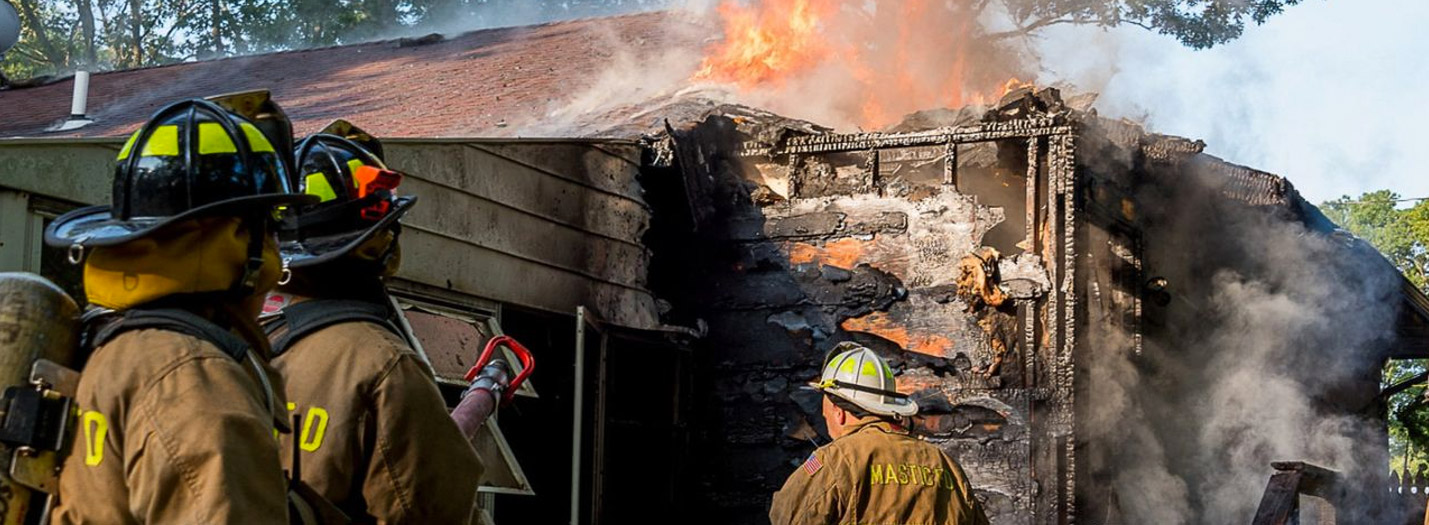Emergency Preparedness

In the event of an emergency, the top priority is keeping your family safe. Being prepared will help you avoid panic and stay calm. Creating a Fire Escape Plan and packing an Emergency Kit is the most effective way to prepare yourself for an emergency. It only takes a few simple steps to keep your family safe during an emergency.
Some Important Links about being prepared:
How to Drive Safely Before, During and After a Storm
https://www.thezebra.com/insurance-news/5685/hurricane-hacks-natural-disaster/
Disaster Safety for Construction Sites
https://www.bigrentz.com/how-to-guides/disaster-safety-construction-sites
How to Talk Emergency and End of Life with Your Family
https://havenlife.com/blog/end-of-life-discussions/
Organize and Prepare for Disasters
https://www.yourstoragefinder.com/organize-and-prepare-for-disasters
Emergency Preparedness for Seniors
http://www.redcross.org/prepare/location/home-family/seniors
Fire Escape Plan
What would you do if there was a fire in your home? It’s important to get out fast! Never hide or take time to gather up your belongings.
Fires are scary and confusing. They can be loud, burn very fast, and their smoke can make a room or home very dark. It helps to have a plan so you’ll know what to do to get out of your home!
Making escape plans help you get out of your home quickly in case of a fire. The best plans have two ways to get out of each room. If one way is blocked by the fire, you can get out the other way. When escaping, stay low to the floor. Smoke rises during a fire. The safest air is down low.
Create a Fire Escape Plan for Your Family
- Try to find two ways out from every room in your home. The first way out should be a door. Every way needs to be planned and practiced with grown-ups.
- Before opening any door in a fire, feel it first. If it is hot, there may be fire on the other side. Try to get out another way.
- Stay low to the floor when escaping a fire to avoid smoke.
- Pick a safe and easy-to-remember place outside the home to meet your family after you get out.
- When you get out, call 9-1-1 or the fire department.
- Stay outside no matter what. Don't go back for anything!
Other Emergencies
Your home and family can be affected by other unexpected emergencies, such as hurricanes, flooding or loss of power. Keeping an emergency kit stocked and ready can help your family when you need it most.
Build Your Own Emergency Kit
A basic emergency kit should include the items listed below. Click here to download a full list from FEMA.
- Water - one gallon of water per person per day for at least three days, for drinking and sanitation
- Food - at least a three-day supply of non-perishable food
- Battery-powered or hand crank radio
- Flashlight
- First aid kit
- Extra batteries
- Whistle to signal for help
- Dust mask to help filter contaminated air and plastic sheeting and duct tape to shelter-in-place
- Moist towelettes, garbage bags and plastic ties for personal sanitation
- Wrench or pliers to turn off utilities
- Manual can opener for food
- Local maps
- Cell phone with chargers and a backup battery
